Four Steps to Deal with your Tween’s Next Mood Swing
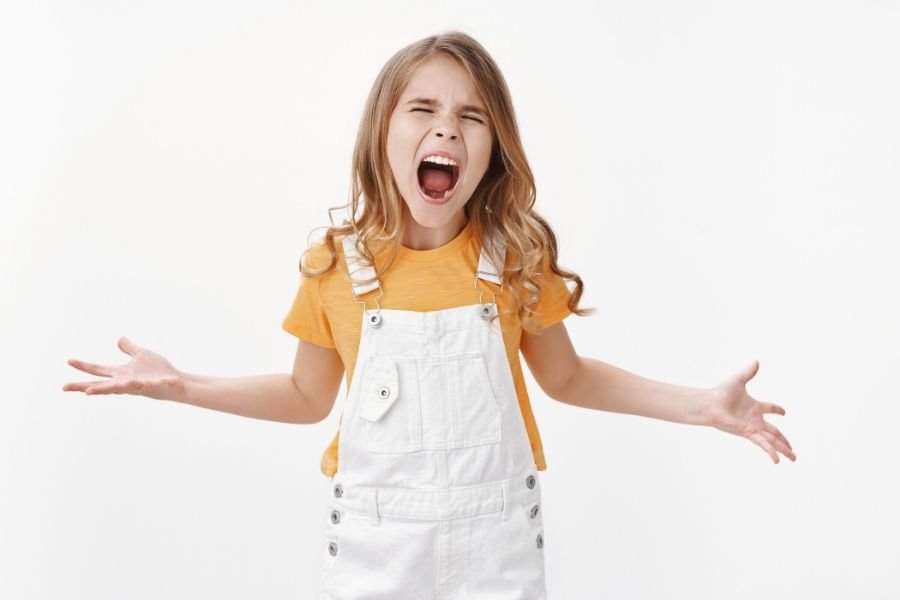
You walk in the door from school. Your nine-year-old comes in after you.
Everything seems fine. She’s happy. All is well and good.
Then, you remind her that the dishwasher needs unloading.
Boom. It’s like something inside her detonates.
“Noooo… I don’t have time to do that. That’s so unfair. I can’t believe you’re making me do this!”
She glares at you, stomps over to the kitchen sink and starts crying.
WHA-ATT just happened? She was happy. I didn’t blame her. I just had a simple request.
Welcome to the tween mood swing. Let me help you steel yourself so that next time it happens, you have a plan on how to react.
First, let’s look at why.
READ: 5 Positive Ways to Deal with a Grumpy Child
Inside the Tween Mood Swing
Does it seem like the tween years are a bit more fraught with mood swings than the teenage years? You’re right on that.
FYI: This post contains affiliate links to products I love and recommend. It costs you nothing extra if you purchase through my link, but I may get a small commission
According to David Wilson, author of the book, Why do the Act that Way? A Survival Guide to the Adolescent Brain for You and Your Teen, “between nine and 11 (some kids start earlier and some later), growth hormones begin to take center stage, while the brain’s executive center (where emotions are managed) is undergoing major construction.”
Meaning: your tween is getting bombarded with hormones but doesn’t yet have the strategies and skills to deal with the influx.
That’s what I’m going to help you with here.
#1 Wait? Is it my fault?
Your child isn’t rebelling against chores or against you. You probably know this already, but we all need a reminder.
When our kids erupt in uncontrolled tears, something physical inside us reacts. It might be anger. It might feel like a tightening in our chest.
We want to make it better. We know this is just the onset of puberty.
But it doesn’t take away that physical ache. If you’re like me, you can tell yourself its not personal as many times as you want, but deep inside you kind of think it is your fault.
If only I asked at a different time…
If only I asked in a different way…
Nope. This is destructive to our own mental states. Let’s agree to accept right now that we can’t control our tween’s behavior.
They’re going to react however they like, so we need to…
#2 Take a deep breath and take care of yourself
I have a mantra I’ve been saying to myself lately when I get overwhelmed.
It’s “I’m brave. I’m strong. I can handle this.”. I’m pretty sure I got it from a Brene Brown or Marie Forleo book. (They’re two strong women that I love!)
The mantra helps. It helps keep me strong.
Then, I take a few deep breaths. Ok… sometimes it’s more than a few – like 10 or 20. The tween mood swings really get me.
I recognize how my stomach cramps up and I tell myself it’s not my fault.
It’s not your fault.
We just need to weather the storm and leave our tween alone to get a little more control over their emotions.
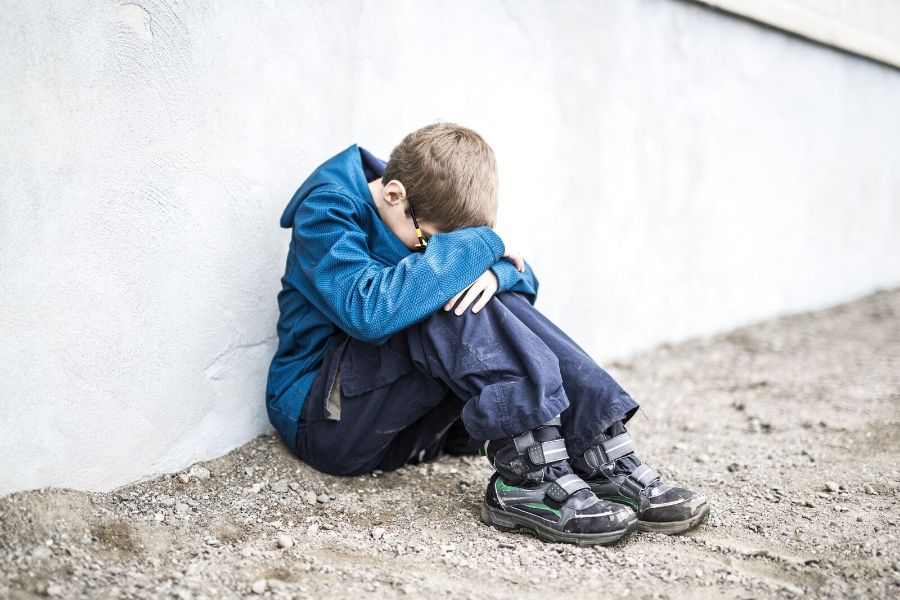
After an hour or so, when they seem better and have eaten something. We can move in.
#3 Teach them about the upstairs and downstairs brain
When kids become overwhelmed with emotions, it’s the limbic system of their brain taking over. Dr. Daniel J. Siegel and Tina Payne Bryson, authors of the book, The Whole-Brain Child: 12 Revolutionary Strategies to Nurture Your Child’s Developing Mind, describe people as having an upstairs brain and a downstairs brain.
The downstairs brain contains our limbic system.
Our limbic system controls our breathing and all the necessary life forces for survival including our amygdala – which controls how we react to fear.
Our upstairs brain holds everything we use to reason and rationalize. Our cerebral cortex which plays a huge role in decision making makes it home up here.
In kids, that upstairs brain doesn’t fully develop until around twenty-five years old. It’s constantly under construction.
AND the connection between the upstairs brain and downstairs brain isn’t that strong. The “stairs” between the two are rickety.
When kids become an emotional mess, the downstairs brain has completely taken over. It’s told the entire brain to shut down, there’s an intruder. Evacuate! Evacuate!
We can help them understand this process better by talking about it. And then give them some strategies to calm down when this happens.
I’ve made a video to help you and your kids through this here:
Watch this with your kids. It’s going to explain their upstairs and downstairs brain to them in a logical, easy-to-follow way.
#4 Teach them some calming strategies that don’t involve hitting
My son’s downstairs brain overwhelms him all the time.
Just this morning, he was putting dishes in the dishwasher (tantrums ALWAYS happen over the dishwasher in our house) and one of the rows of dividing prongs kept falling.
He would stack the dishes in, dividing prong would fall and knock every single dish down.
Yup, I’d be mad too.
But my mad would be taking a deep breath and then walking away for a moment so that I don’t take a baseball bat to the dishwasher. (Nothing out of control – think Office Space style except the dishwasher is my copier.)
He started kicking the cabinet under the sink. He stomped his foot and yelled, “arggghhh!!”
It’s OK to be mad. But his kicking didn’t help him calm down.
Instead, kids need a reminder to take a break, step into another room and wait for the big emotions to calm down.
When I remind my son to do this, he stomps away. But, within 10 minutes, he’s back and knows better what made him upset.
This isn’t a time out imposed by me. Rather, it’s him sitting alone and giving his brain time to think.
I talk about this more with kids HERE. (video)
Mood Swings are Tough
They drain you and your kid emotionally. Knowing why they happen and how to teach your kids what’s happening is how to deal.
By learning strategies on how to recognize and deal with their emotions, kids build the connection between their upstairs brains – where all that executive functioning hangs out – and their downstairs brains – those primal instincts.
Speaking of strategies to deal with emotions, if you liked my video above to teach your kids, you’ll really love my course for kids, Emotions 911. In it, kids learn how to tell others what they’re feeling and why they’re feeling it – which as you and I know is exactly what we want! We want our kids to use words instead of screaming, hitting and kicking.
Emotions 911 is the next step for your tween. Find out more and sign up HERE.
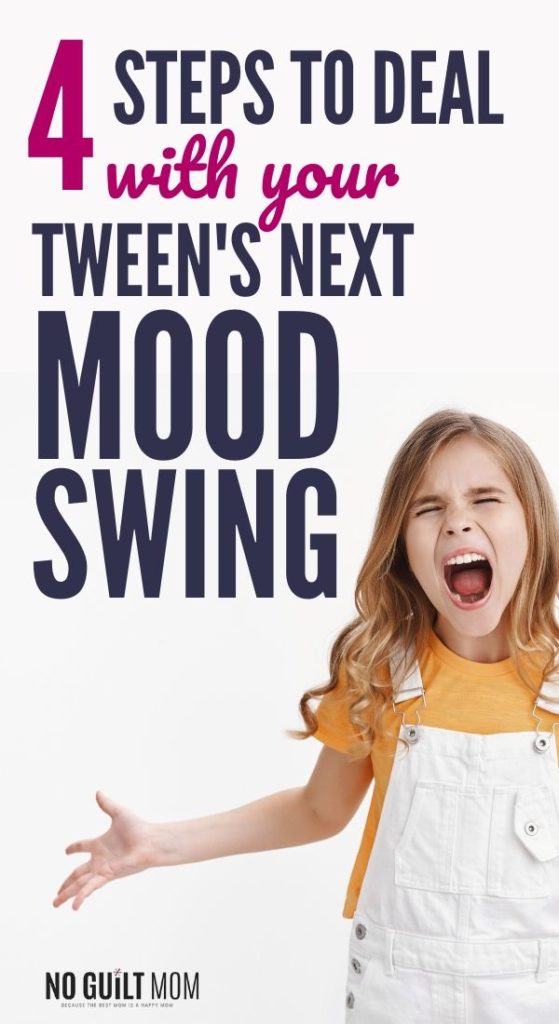

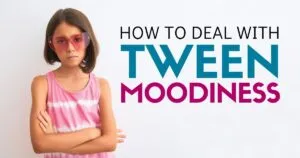
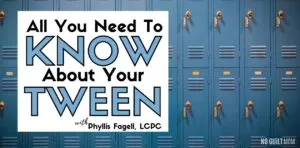
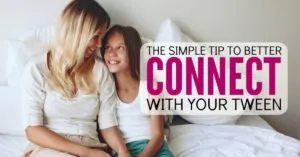
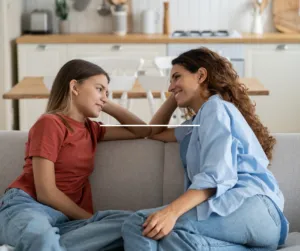

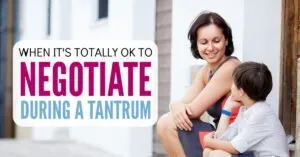
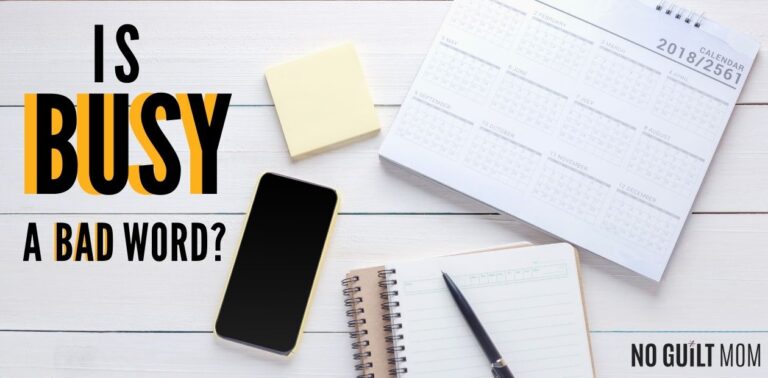
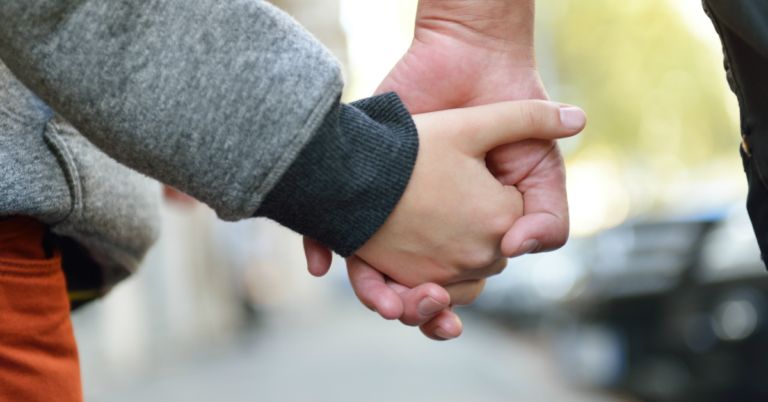

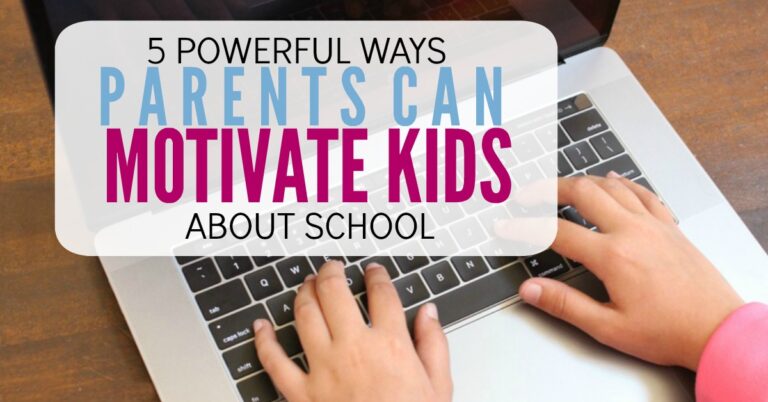

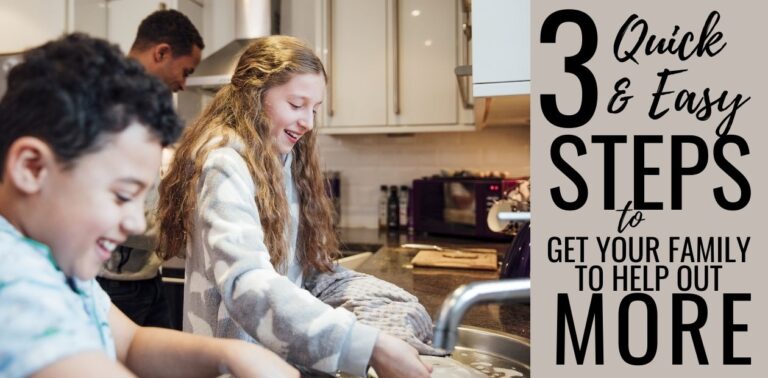
This was a very informative session and was enjoyed by both my daughter and myself. I do wish it had offered some insight on what to do when your tween gets fixated on something that causes an emotional episode and there’s nothing you can do with regard to what caused the episode. For example my child will tell me she doesn’t feel well, but there is nothing wrong that warrants missing school, I tell her I’m sorry you don’t feel well, maybe after a good rest you’ll feel better but you still have to go to school. That last part results in an hour long cry fest with me trying to dig out of her what the problem at school really is, she’ll do a lot of negative self talk, like “ the teachers don’t like me, they think I’m dumb” at which point I tell her that can’t be right because you have really good grades. Then all that does is get a different negative response. Then after an hour so going around and around, she will stop the fussing and go do something else, then the next day all is well and no more I hate school episodes the rest of the week.
Hi Shellie! Thanks for the feedback. Today’s post is all about helping kids boost self-esteem and conquer negative self-talk. I think it’s exactly in line with what you mentioned above. You can find in here: https://www.noguiltmom.com/boost-kids-self-esteem/ Let me know what you think.
I really liked the way you explained the brain. I can’t wait for my 10 year old and 17 year old grandchildren to watch these videos.
Yay! I’m excited to hear what they think 🙂